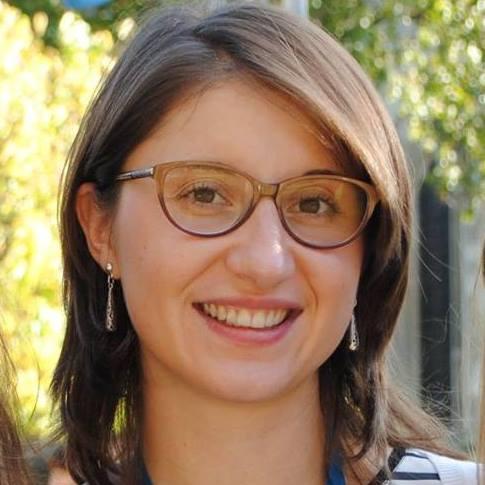Armenia-Azerbaijan conflict: “Very large-scale escalation that has a potential to turn to the regional scale”
“I am afraid the ceasefire is not coming any time soon.”

“I am afraid the ceasefire is not coming any time soon.”

What has caused the sudden flaresup between Armenia and Azerbaijan?
Tensions have been on the rise for weeks. In mid-summer Armenia and Azerbaijan engaged in clashes. There was no diplomatic follow up to pacify the situation along the frontlines. Since the advent of Covid-19 there has been a lack of proactive international mediation, even following the deadly clashes in July. No shuttle diplomacy, no calls to the leadership in Baku and Yerevan. Meanwhile, incidents along the frontlines intensified with regular reports of casualties among the military.
We saw heated rhetoric and calls on their public’s to prepare for war days before this large-scale and well-prepared attack took place.
All eyes are now on Moscow to see if it can again stop the fighting in the conflict zone.
A ceasefire may soon be in place. What would it take for a resolution of the conflict?
I am afraid the ceasefire is not coming any time soon. Baku refuses to return to talks and wants to reach it’s primary goal – return of territories in the conflict zone to it’s direct control – through military means. For Yerevan declaration of a unilateral Ceasefceasefire is suicidal and it will not happen.
We are likely not to see the ceasefire till one of the sides or both of them are not exhausted with the fighting.
[It’s a] very large-scale escalation that has a potential to turn to the regional scale and drag in one of the regional powers – Turkey or Russia – or both of them.
Can you explain the legal status of Nagorno-Karabakh?
Nagorno-Karabakh declared it’s Independence from Azerbaijan in early 1990s. Since then it has it’s own government, economy, conducts elections and has a vibrant domestic political life. The entity has not received recognition of any UN member–states. There are some other partially recognised or unrecognized entities that have bilateral relations with Nagorno-Karabakh. [It is] important to note that the region received recognition from a number of the US states, although legally speaking Washington DC still considers Nagorno-Karabakh as a breakaway region of Azerbaijan.